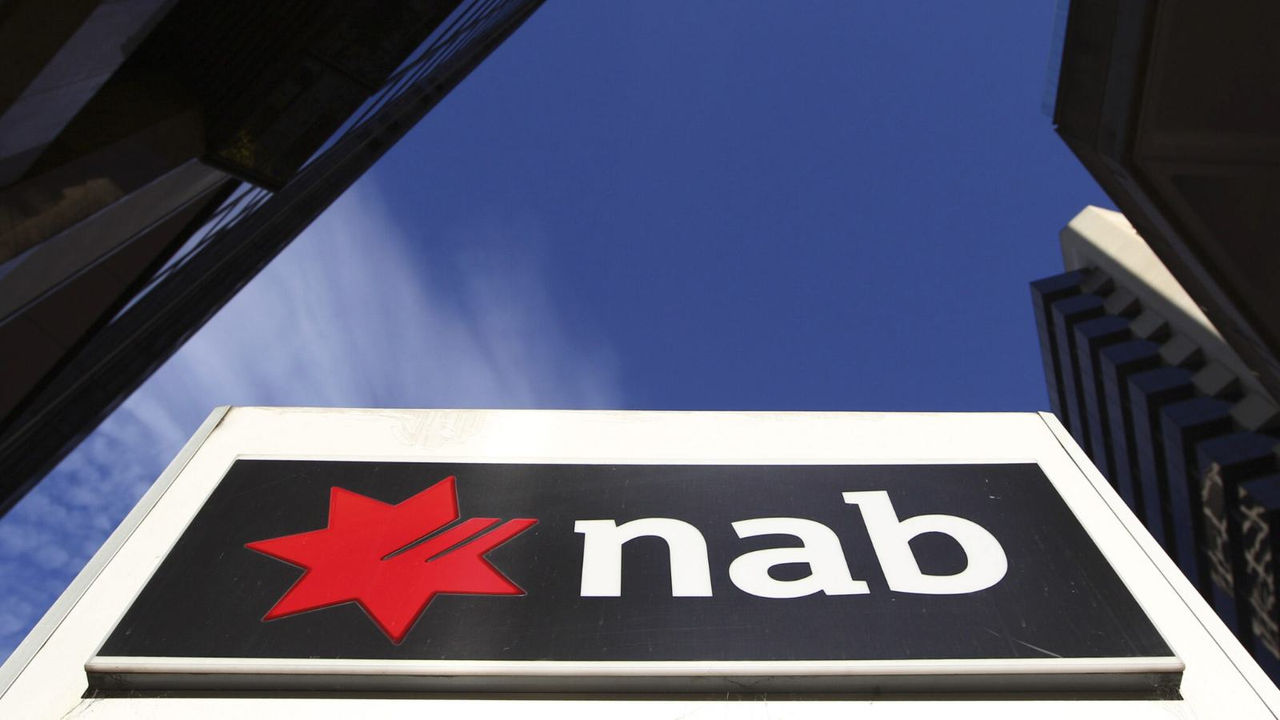- NAB’s Wellbeing Index rose to 63.5, up from a record low of 62.4 in Q1
- Around 1 in 2 newly arrived migrants report high optimism, compared to just 1 in 5 among the general population
- Over 1 in 5 Australians aged over 50 are helping children or grandchildren financially
- Rebound in wellbeing broad based across all cohorts; age, income, and location.
The NAB Australian Wellbeing Survey Q2 2025 (PDF, 9MB), opens in new window reveals a compelling story of resilience, as Aussies took action in the face of cost-of-living pressures. After a historic low in wellbeing earlier this year, Australians are showing signs of recovery, with migrants leading the way in optimism and older generations stepping up to support younger family members.
Taking action on rising costs
Australians have demonstrated resilience in the face of economic pressures. Despite inflation and rising interest rates, wellbeing rebounded in the June quarter after hitting a historic low in Q1. The NAB Wellbeing Index rose to 63.5, reflecting improved satisfaction across most aspects of daily life.
“People aren’t just grumbling about things,” said Dean Pearson, Head of Behavioural and Industry Economics at NAB.
“They’ve made very real and tangible behavioural changes to their lifestyle, and that’s impacted them. Australians have not simply been in a bad mood—they’ve responded with effort and resilience.”
Over the past three months, 36% of Australians drew down savings more rapidly, 31% cancelled or cut back on health practitioner visits, and 11% took on second jobs or worked longer hours.
Green shoots appear
Signs of recovery are emerging. Australians are scoring higher satisfaction with government performance and the economy, and optimism about the future is growing. Financial stress has eased after two consecutive quarters of increase, particularly among higher income earners.
“There are some clear green shoots,” Dean said.
“Australians are scoring satisfaction with most aspects of their lives better, including Government and the economy. Optimism is also up.”
Cost-of-living concerns are easing, and more households believe interest rates have peaked, with expectations shifting toward a downward cycle.
A helping hand
Intergenerational support is playing a significant role in household wellbeing. Over 1 in 5 Australians aged over 50 are helping children or grandchildren financially, with 67% of this support going toward day-to-day living expenses, followed by school fees and home deposits.
“Grandparents and parents are really leaning in,” said Dean.
“The vast majority of support is going to helping young people manage cost of living and day-to-day expenses. But it’s also having implications for their long-term financial security.”
Around 1 in 4 people aged over 50 who provide financial support believe it is negatively impacting their own ability to meet financial commitments and live the life they would like.
Migrants lead on optimism
Migrants, particularly those who have lived in Australia for less than five years, are significantly more optimistic than Australian-born residents. Around 1 in 2 newly arrived migrants report high optimism, compared to just 1 in 5 among the general population.
“This is a potent reminder of the prosperity we have here,” Dean Pearson said. “Clearly, migrants—particularly newly arrived migrants—are incredibly positive. The only downside is that within about 10 years, their optimism recedes to the level of the general population.”
Migrants are also more likely to receive and provide financial support within families, highlighting their strong community ties and contribution to national wellbeing.
For more on the state of wellbeing in Australia, read NAB’s Australian Wellbeing Survey Q2-2025 (PDF, 9MB), opens in new window.




